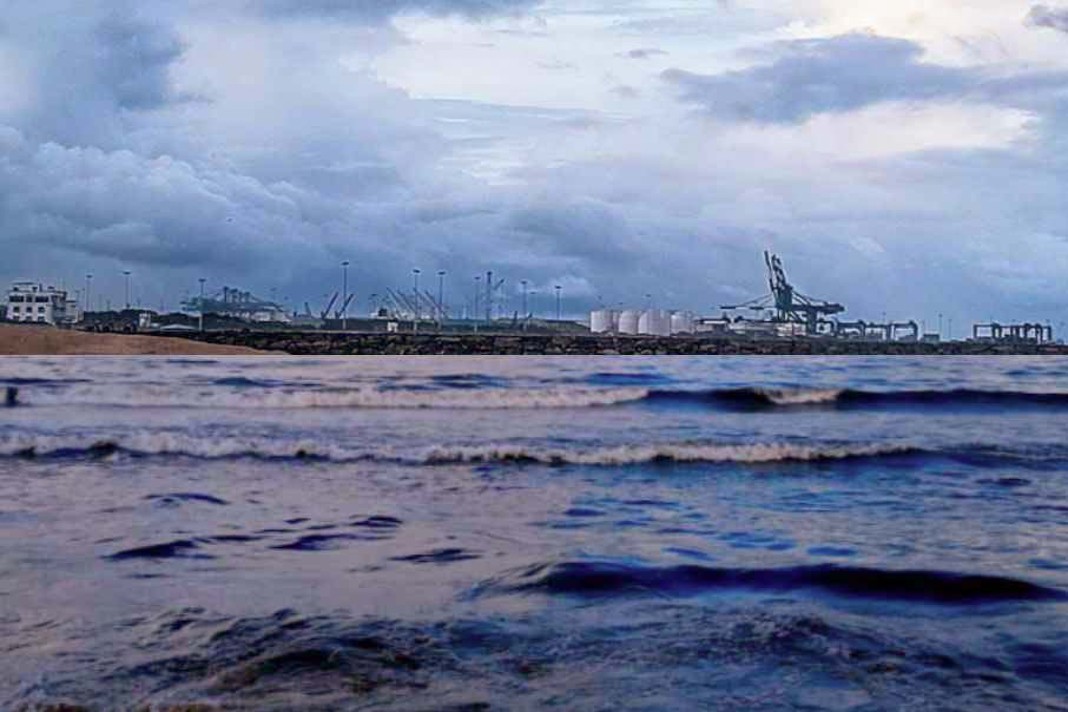More realistic measures are needed for shipping’s decarbonization, according to the classification society DNV, reports Baltic Exchange.
About the report
In its Maritime Forecast to 2050 report, DNV assessed existing and planned production of carbon-neutral fuels, concluding that they will remain expensive and in tight supply over the near term.
The report estimates the cumulative capacity of ongoing or announced carbon-neutral fuel production capacities for 2030 to be 44 to 63 million tonnes of oil equivalent (Mtoe). Maritime demand in 2030 is forecasted at 7 to 48 Mtoe. Therefore, depending on the actual demands, shipping would need 10% to 100% of the actual available carbon-neutral fuels to reach IMO targets.
IMO has set the industry the goals of a 20% emissions reduction by 2030, a 70% reduction by 2040, and full-scale decarbonization by or around 2050, all compared with 2008 levels. Of the “more realistic measures” to achieve decarbonization, DNV sees a strong business case for on-board carbon capture (OCC). This could delay the need for carbon-neutral fuels by removing carbon dioxide (CO2) from conventional fuels and technologies.
OCC could be both technically and economically feasible, depending on carbon pricing and the availability of value chains and infrastructure for carbon use or permanent storage, DNV said. Based on ‘High’ and ‘Low’ trajectories of CO2 storage capacity for all industries and purposes excluding enhanced oil recovery, the report sees 47 to 67 MtCO2 capacity being available in 2030 compared with its estimated storage demand of 4 to 76 MtCO2 from shipping.
Efficiency drivers
In the meantime, energy-efficiency measures still hold great potential for both emission reductions and continued profitability into the 2030s and 2040s. “Energy efficiency provides cost-efficient, predictable pathways to emissions reduction. The business cases for energy-saving technologies may now be better when evaluated against the cost of alternative fuels.
Energy efficiency can give shipowners a competitive edge to operate profitably into the 2030s and 2040s,”
Ovrum said. Mitigating the two-thirds of energy lost in propulsion, the report estimates that operational and technical energy-efficiency measures could reduce fuel consumption by 4% to 16% by 2030, contributing to emissions reduction.
In an analysis of technologies already installed, the report counted 72 waste heat recovery systems on order, twice the number currently installed; 166 air lubrication systems in operation today, with 280 on order for newbuilds; and around 90 large vessels that could have wind-assisted propulsion systems by 2025, nearly triple the count of 31 at the start of 2024.
The report also highlights the higher-than-necessary emissions count in ports, where they could be abated by shore power – as long as the energy supply local to the port is generated from renewables. In comparing energy losses from direct use of shore power and when producing electricity from on-board generators running on fossil fuels or the electrofuel e-ammonia, the report found that the well-to-wake (WtW) emissions from on-board power production in a marine gas oil-fuelled generator set exceed many countries’ average GHG intensity from their power grids.
Currently, over 900 ships have installed batteries for hybrid power systems or batteries that can be charged by power from shore, according to DNV.
Digital first
Digitalisation is also covered in the report. The increased take up of digital tools like AI, machine learning, IoT and computer simulations have greatly improved and facilitated the reduction of the carbon footprint of shipping operations. DNV sorts these technologies into four categories: sensing, enabling, data handling and decision-making.
Further, advanced simulation and optimisation models can help with the design of next-generation energy-efficient ships, using real-time data to facilitate truly integrated maritime networks.
Digitalisation can also make vessels’ performance more transparent, while green and digital shipping corridor projects with complete logistics chains could “pilot scalable optimisation solutions enabled by digital tools”, said the report.
Did you subscribe to our daily Newsletter?
It’s Free! Click here to Subscribe
Source: Baltic Exchange



















